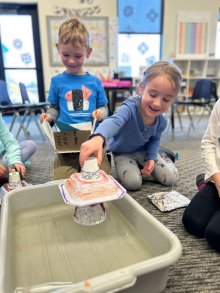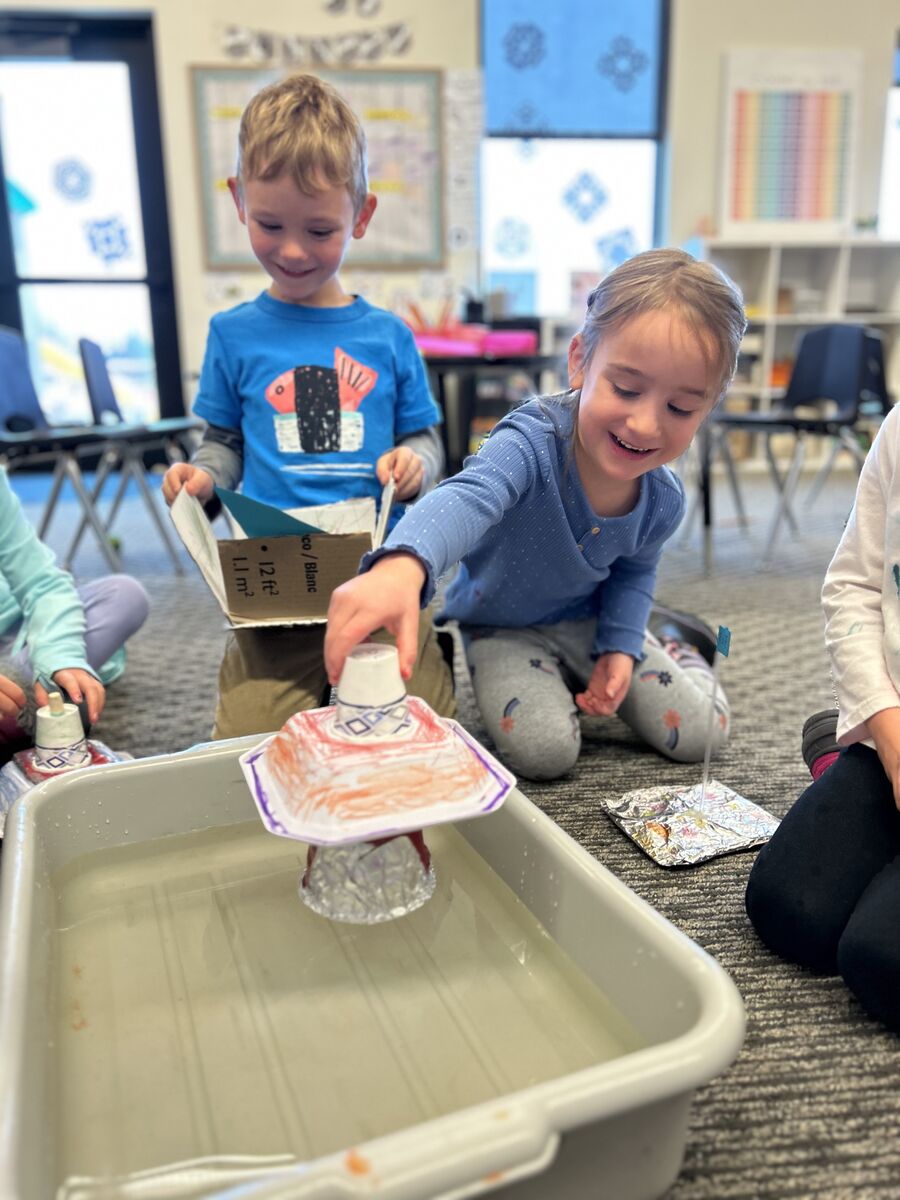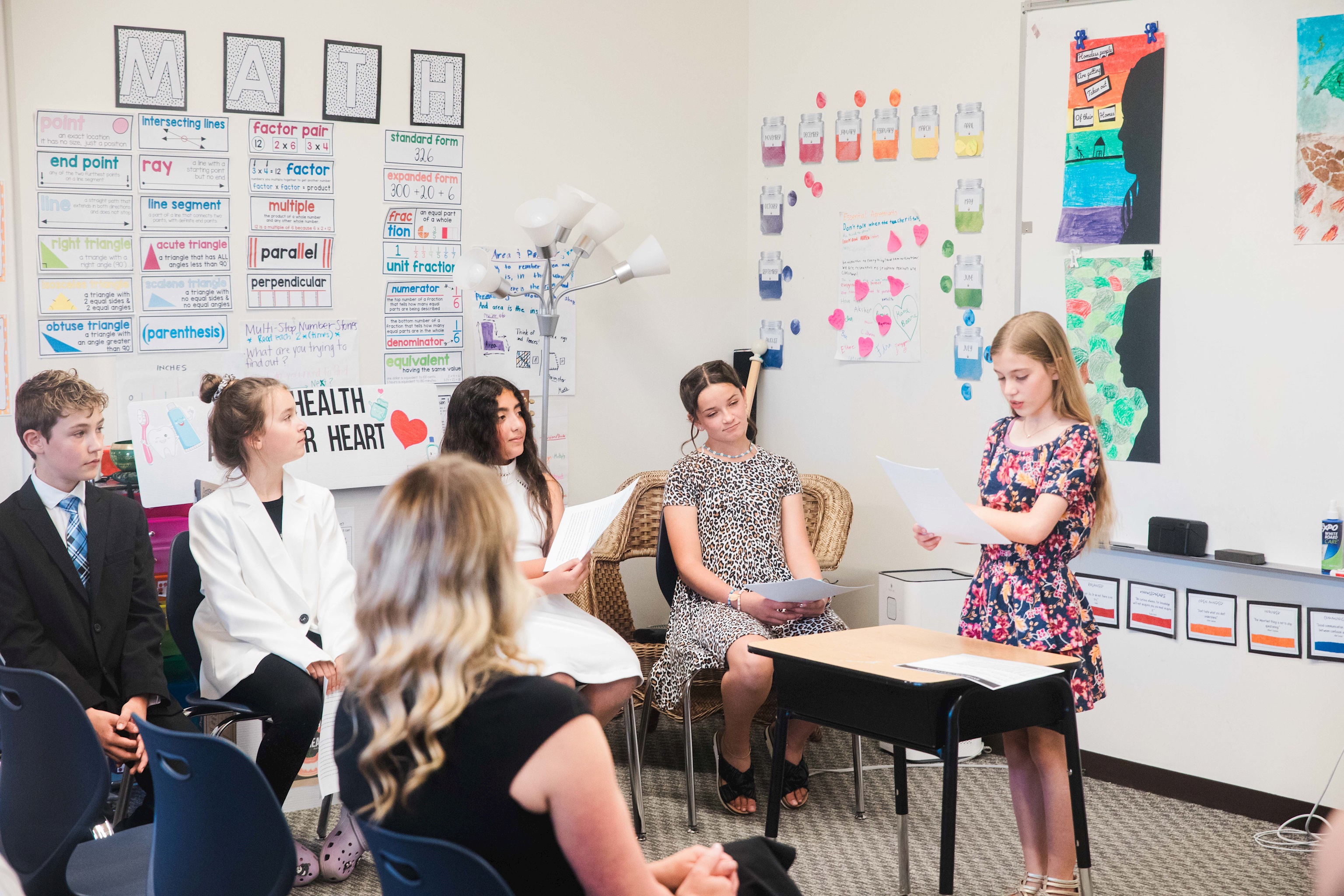
The following article was written by Aaron McKinnon, PYP Coordinator.
Fearful. Fun. Challenging. Draining. Confidence boosting. Demoralizing. Boring. Engaging. High stakes. What could spur such a wide variety of emotions and descriptors? The answer: Assessments. Like many of you reading this article, I felt each of those emotions when “taking a test” at some point in my life, including the following examples:
- I remember a flush of confidence in knowing the exact words on upcoming spelling tests in elementary school. Flashcards and practice tests practically guaranteed success!
- I grievously remember a physical jolt of angst when I read the essay topic on a critical test in high school. I knew absolutely nothing about it.
- I humiliatingly remember the mandatory trip to the tutoring center for support in passing my third and final try at the college of education entrance exam. My mom, embarrassingly, happened to be the tutor center director at the time. With her help, however, I passed!
- Moving to my own classroom, I vowed to my students that the class would be engaging and purposeful, including the assessments. Many times students would ask, “When is the assessment? This is a fun activity!” With a smile, I would simply reply, “This is the assessment. How are you doing with your learning?”
With such a rollercoaster of emotions attached to an essential and inseparable part of education, what is the purpose of assessment and how do we best go about it? Because education is complex, the answer is complex, but here is a place to start for our school setting:
- The purpose of assessment is to improve student learning! Gathering relevant information about student performance and progress helps educators and students make informed decisions in individualizing learning processes, directions, and goals.
- From formative, on the fly, evaluation, to student-led conferences, the most complete picture of student learning and progress comes from utilizing a wide variety of assessment methods.

Academic Accountability:
In recognition of the infinite variables that influence how and when individual students learn, Riverstone utilizes a large variety of assessments to measure academic growth and determine individual needs. Riverstone also systematically employs multiple strategies to communicate student progress. Each component documents every individual student’s learning journey.
- Formative Assessment: teachers constantly consider student and class performance, adapting learning experiences as necessary to meet the individual and diverse needs across each class.
- Summative Assessment: each transdisciplinary unit provides an opportunity for a unique authentic assessment. Other summative assessments include expos, presentations, research papers, weekly spelling tests, end of unit tests, etc.
- Expos: students formally highlight their journey of learning to peers, parents, and the broader Riverstone community, for at least two transdisciplinary units each year.
- Progress Reports at the end of each semester teachers record a comprehensive, detailed, and personalized account of the strengths and progress of each student for each component of their learning.
- Portfolio: throughout the year, students and teachers gather work and evidence of the student's learning journey, documenting delivering tangible evidence of student progress and a record of the many engaging activities they participated in.
- Performance assessments involve the demonstration and application of knowledge, skills, and work habits through performance tasks.
- MAP Growth: three times a year, students in grades 1 through 5 take the MAP (Measure of Academic Progress) Growth assessment. MAP Growth is a computer-based assessment that provides a snap-shot of student performance and a clear picture of learning over time. It also produces solid data for students to create learning goals and informs teachers about general trends and how they can meet the individual needs of each student.
- Parent/Teacher Conferences: each fall, teachers meet with parents/guardians to discuss how each student is settling in, the progress they have made thus far, and to set goals for the remainder of the school year.
- Student-led Conferences: in the spring of each year, students take the stage during learning conferences and share their accomplishments, growth, challenges, and goals.
- Primary Year Program Exhibition: this rigorous, culminating project of the Primary Year Programme allows students to demonstrate the skills and understandings curated over their elementary experience.

What makes an engaging assessment and why does engagement matter? According to research from the Stanford Center for Opportunity Policy in Education and Stanford Center for Assessment, Learning, and Equity, having one or more of the six following attributes makes assessment engaging. And, according to a 2018 Gallup poll “Engaged students are 2.5 times more likely to say that they get excellent grades and do well in school, and they are 4.5 times more likely to be hopeful about the future than their actively disengaged peers.” In other words, the more engaging a learning experience is, including assessments, the more successful a student can be! The engaging attributes include:
- Relevance: a task that will satisfy important personal needs, motives, or values.
- Authenticity: a task that requires a student to solve real-world problems and has value beyond school/work/etc.
- Autonomy: a task of individual choice or self-initiation where the learner is responsible for the action or outcome.
- Collaboration: a task that allows learners to share in the process and progress.
- Higher Order Thinking: a challenging task that is more than rote, redundant, mundane, or simple.
- Self-Assessment: a task in which students have a chance to reflect, refine, and improve based on feedback.
The essential and influential role of assessment means we cannot ignore it. Even more importantly, we need to deeply consider how we assess students and use the data it provides to improve student learning.


.png&command_2=resize&height_2=85)

















